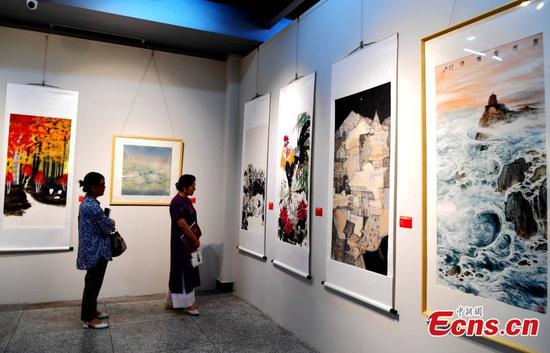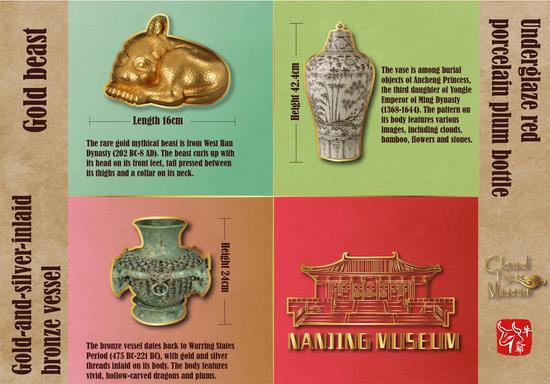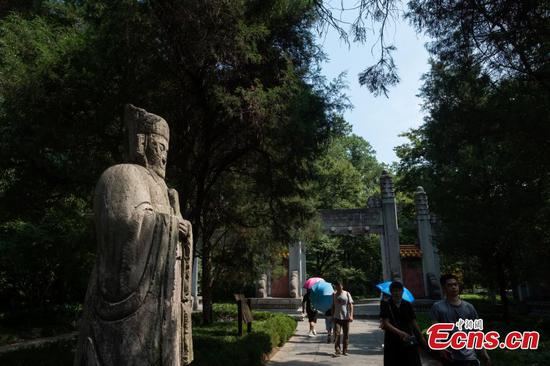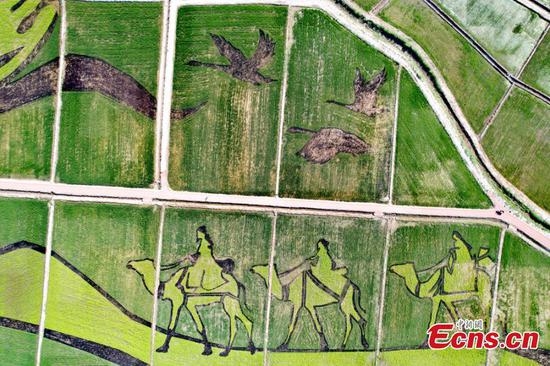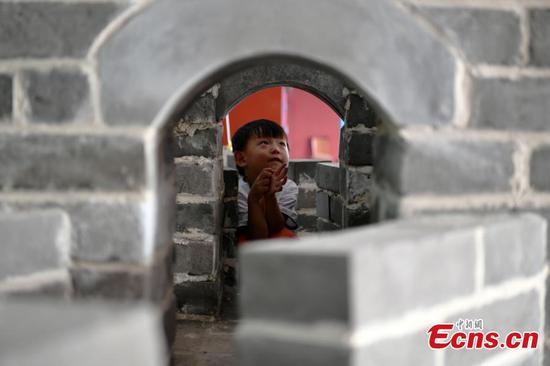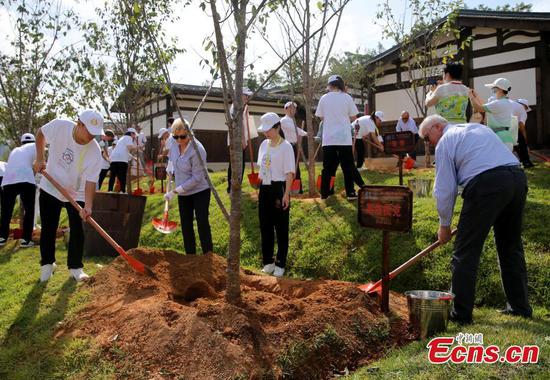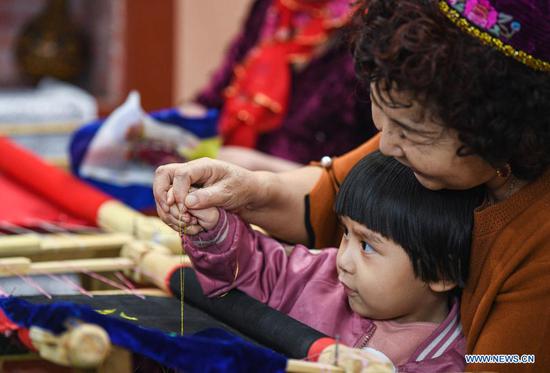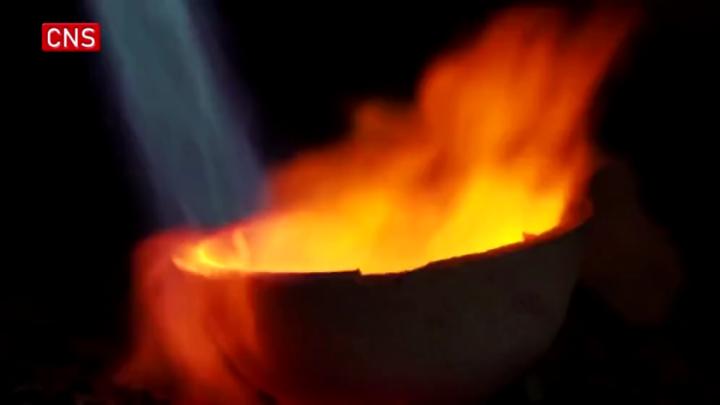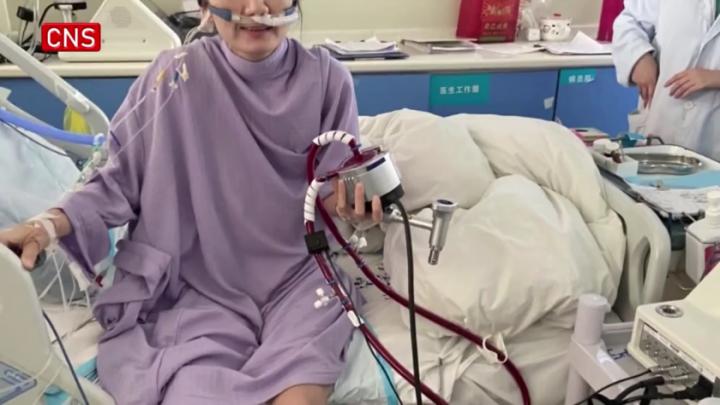
The State Council Information Office holds a press conference on the novel coronavirus origin-tracing work in Beijing, capital of China, July 22, 2021. (Xinhua/Chen Yehua)
China hopes that the World Health Organization (WHO) will treat the novel coronavirus origin-tracing work as a scientific issue, get rid of political interference, and actively and prudently promote tracing work continuously in multiple countries and regions around the globe, said a senior official of the National Health Commission (NHC) Thursday.
What was done in the first stage of origin tracing, especially by those that have reached a clear conclusion, should not be repeated, said Zeng Yixin, deputy head of the NHC. Zeng made the remarks at a press conference on the novel coronavirus origin-tracing work held by the State Council Information Office in Beijing.
What should be carried out is the origin tracing of early cases, molecular epidemiology, and intermediary hosts in multiple countries and regions based on extensive consultations among WHO member states, Zeng said.
According to an agreement between China and the WHO in July 2020, a WHO team comprising international experts arrived in Wuhan on Jan. 14. They formed a joint body with Chinese experts for the Chinese part of the global study on the origins of the novel coronavirus, he said.
The team studied a massive amount of epidemic-related data and visited nine facilities, including Wuhan Jinyintan Hospital, Huanan seafood market, and the Wuhan Institute of Virology, under the Chinese Academy of Sciences. The team conducted extensive exchanges with local medical workers, lab researchers, scientists, and market managers. They also interviewed social workers, community workers, residents, and patients who had recovered, Zeng said.
Among the outcomes of the joint study, a coronavirus highly similar to the novel coronavirus in gene sequences was found in bats and pangolins. But the similarity is not enough to make it a direct ancestor of the novel coronavirus.
The experts identified four hypotheses for the source of transmission of the novel coronavirus to the human population, including a direct zoonotic spillover, cold-chain food, an intermediary host species, and a laboratory-related incident.
The joint study said that a laboratory incident is "extremely unlikely" as the cause of COVID-19.
It said introduction through an intermediary host species is "the most likely" passway.
If any country needs further study on laboratory-related sources, Chinese experts suggest going to nations with labs similar to the one in Wuhan, which haven't been investigated. This way, they could learn more about possible leakage problems, said Liang Wannian, the team leader from the Chinese side of the group.
Liang added that in the joint study, Chinese experts showed foreign experts the data from 174 early cases, worked with them on analyzing the information, and came to the conclusion together.
To protect the patients' privacy, Chinese experts did not provide raw data to foreign experts. The latter expressed understanding and said that it was an international practice, he added.
Liang suggested that animals should be a significant focus of origin-tracing work.
Chinese scientists have done a lot of work on animal-related virus origin tracing. They conducted comprehensive tests on the food markets and farms in Wuhan, collecting more than 38,000 samples of livestock and poultry and more than 41,000 samples of wild animals obtained from 2018 to 2020 countrywide. No positive samples were in either antigens or antibodies, Liang said.
Chinese scientists also collected many bat samples and researched them extensively, but no novel coronavirus was isolated from the samples. There are many widely distributed bat species worldwide, and global scientists should research bats in other countries and regions, Liang said.
It is also valuable to study wild animals that could be possible intermediate hosts, such as pangolins, cats, and martens, he added.
Chinese scientists also paid much attention to the role of cold chains in the transmission of the virus, said Wang Chen, president of the Chinese Academy of Medical Sciences and Peking Union Medical College.
They found a close connection between some patients' infections and their exposure to cold chain goods. On the surfaces of these goods, they also detected the existence of live viruses, said Wang.
It has been proved that viruses survive and remain infectious for longer in cold and dry environments. Therefore, the evidence chain of transmissions by cold chains is relatively substantial.
Wang suggested that cold chains should be a significant clue in ongoing virus origin tracing.






















